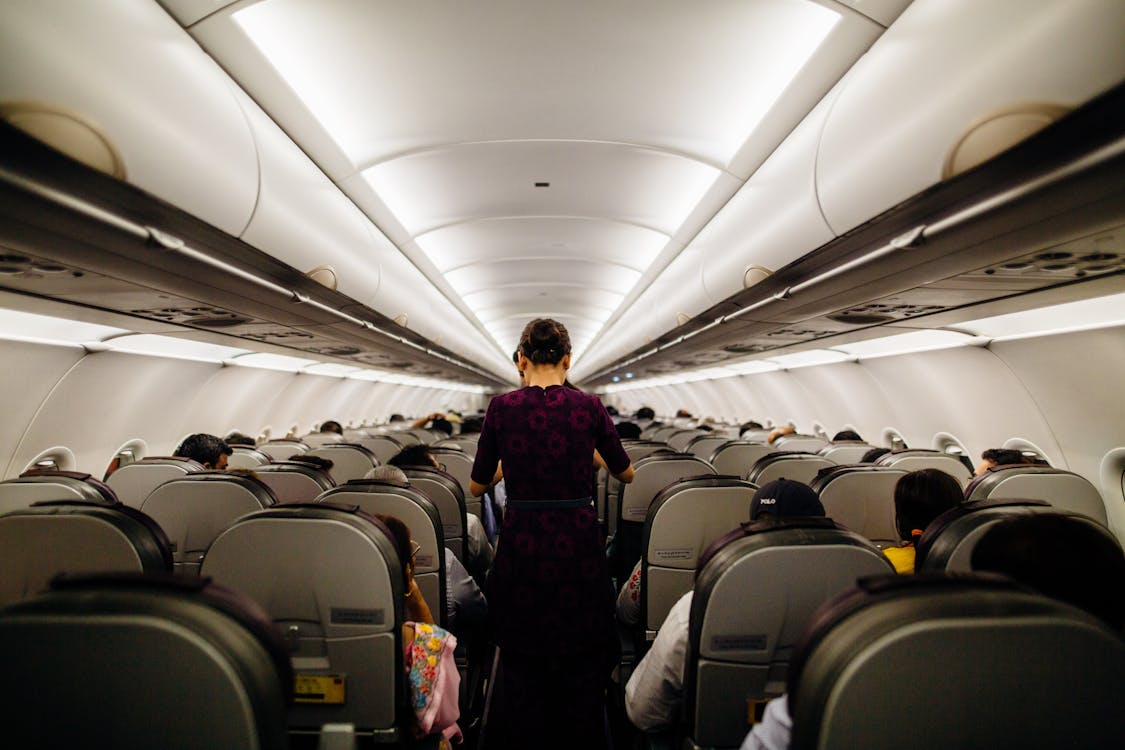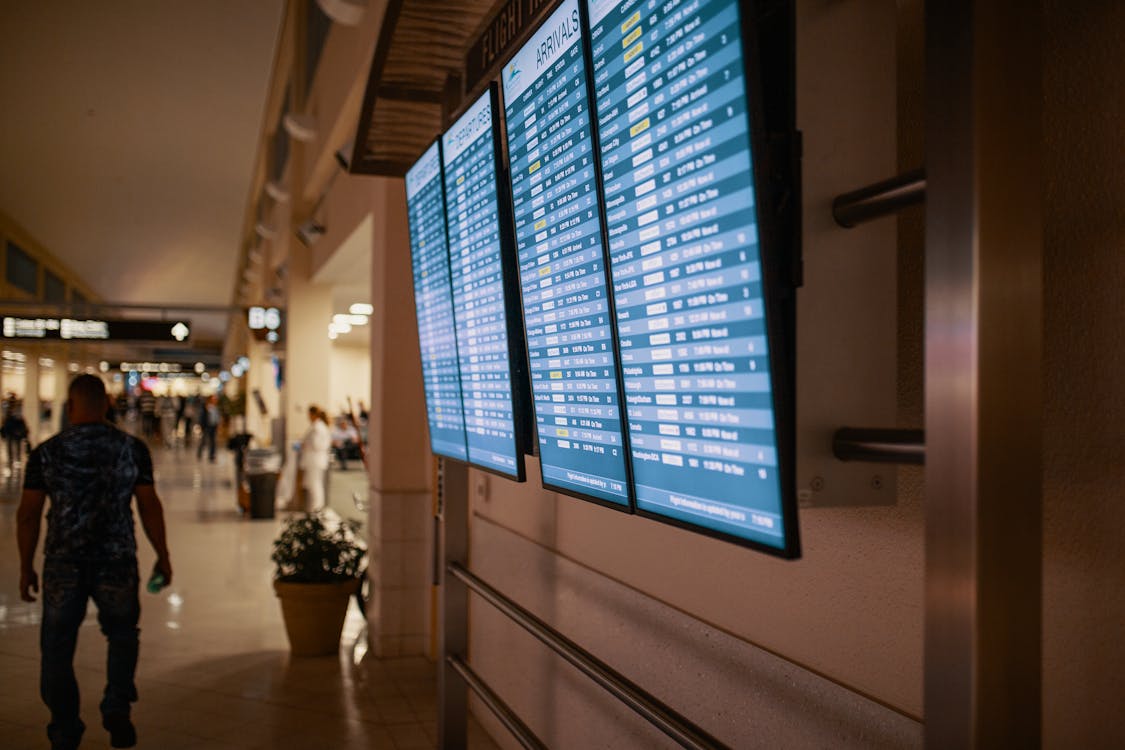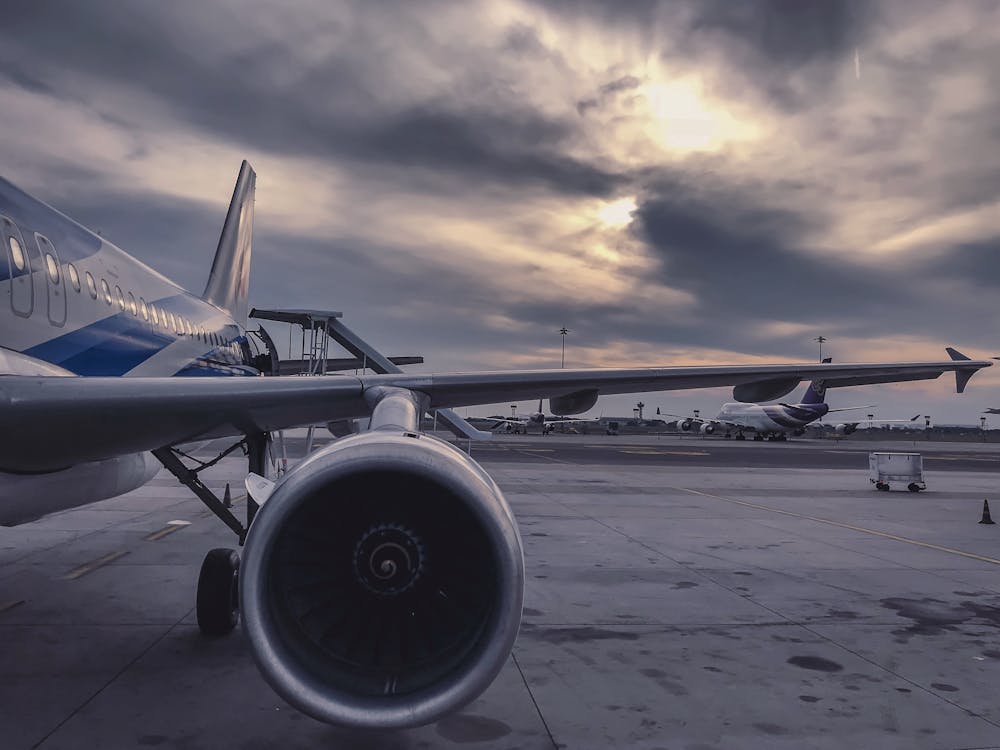When booking a flight, many travelers gravitate toward window seats, anticipating scenic views and a comfortable journey. However, not all window seats are created equal. Seat 11A, in particular, has garnered a reputation among frequent flyers and airline staff as one to avoid. From obstructed views to delayed service, this seat carries several drawbacks that can impact your in-flight experience.
1. The Illusion of a Window Seat

Why You Should Avoid Seat 11A on Your Next Flight – Here’s What You Didn’t Know
2. Limited Legroom and Comfort

Seat 11A is typically situated over the wing, an area where the fuselage begins to narrow. This positioning can lead to reduced legroom and a more confined space, making long flights uncomfortable. Additionally, the proximity to the wing can amplify engine noise, further detracting from the comfort of your journey.
Why You Should Avoid Seat 11A on Your Next Flight – Here’s What You Didn’t Know
3. Delayed Service and Disembarkation

Being located near the middle of the aircraft, passengers in seat 11A are often among the last to receive meal and beverage service. Moreover, during deplaning, those seated in this area may experience delays as passengers in front disembark first. For travelers with tight connections or a desire to exit the plane promptly, this can be a significant inconvenience.
Why You Should Avoid Seat 11A on Your Next Flight – Here’s What You Didn’t Know
4. Inconvenient for Restless Passengers

For those who prefer to move around during a flight, seat 11A poses challenges. As a window seat, it requires coordination with seatmates to access the aisle, which can be cumbersome, especially on longer flights. This limitation can be particularly frustrating for passengers who need to stretch or use the restroom frequently.